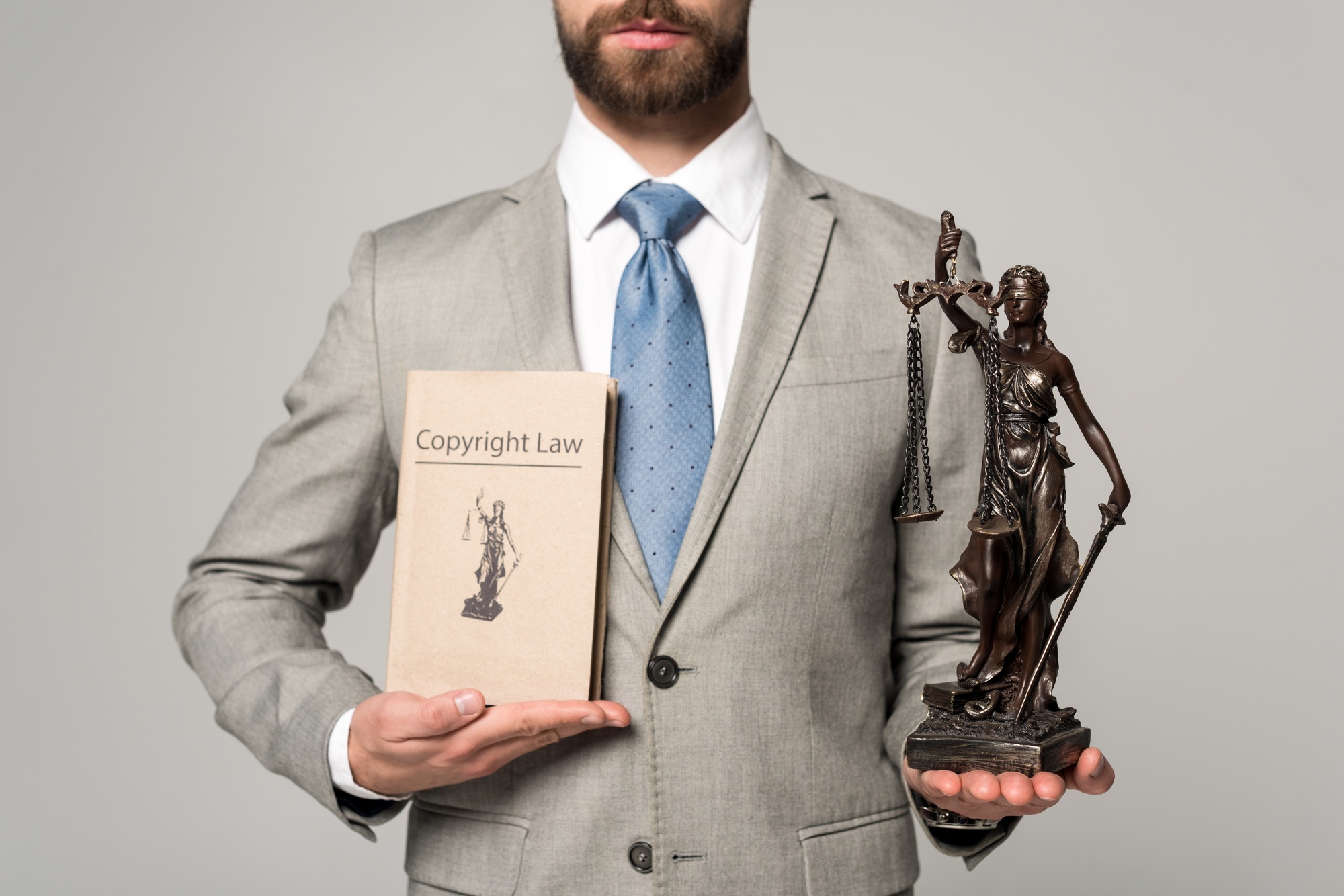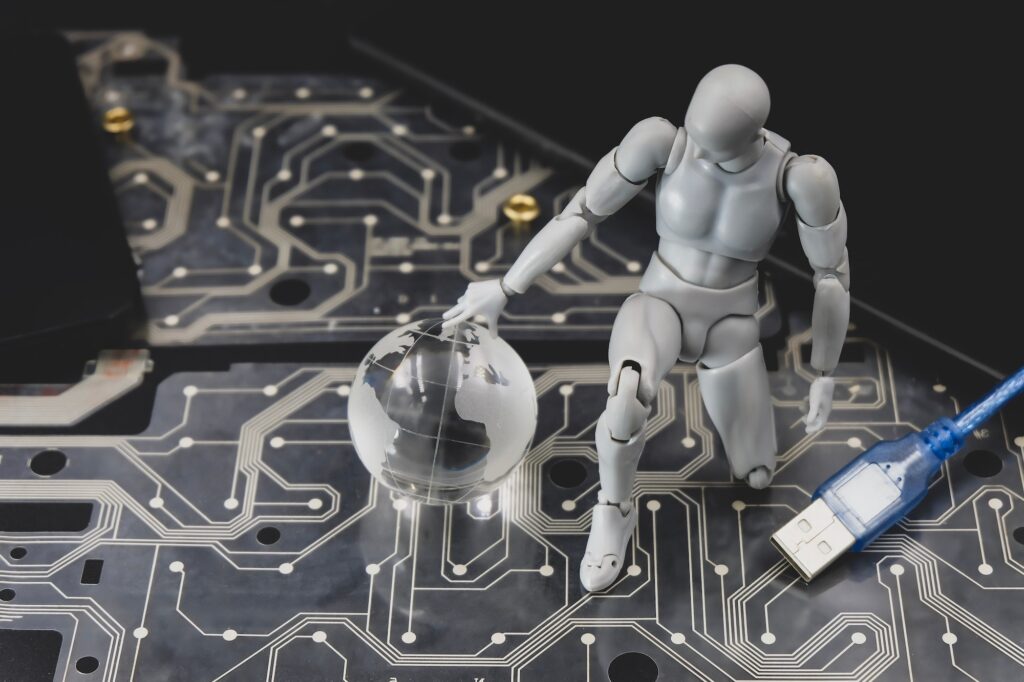In a decision that is shaking up the art and legal worlds alike, a US appeals court has ruled that artwork generated solely by artificial intelligence cannot be copyrighted without significant human input. This groundbreaking ruling reinforces a core tenet of copyright law: only creations that embody human creativity are eligible for legal protection. In this post, we break down what the decision means for artists and businesses, explore the implications for the future of AI in creative industries, and discuss the potential for future legal reforms.

What the Ruling Means
Human Creativity at the Core
The court’s ruling emphasizes that for art to be copyrighted, it must be a product of human ingenuity. While AI can generate impressive images and designs using algorithms, these outputs lack the essential element of human creative decision-making. As a result, purely AI-generated works fall into the public domain, leaving them open for anyone to use without permission.
Impacts on the Art World
This decision has several far-reaching implications:
- For Traditional Artists: It reinforces the value of human creativity, assuring artists that their unique vision remains irreplaceable.
- For AI-Enhanced Art: Artists who collaborate with AI—where they provide critical creative direction and input—can still secure copyright protection for their work.
- For Commercial Use: Businesses relying on AI-generated visuals for marketing and media will need to navigate this legal landscape carefully, as they cannot claim exclusive rights over works created entirely by algorithms.
A Catalyst for Legal and Industry Debate
Critics of the ruling argue that it could hinder innovation by discouraging the use of AI in creative processes. Conversely, supporters see it as a necessary step to preserve the fundamental principles of intellectual property. The decision is expected to spark discussions about whether copyright law should evolve to recognize varying levels of human involvement in AI-assisted creations.
Beyond the Courtroom: The Future of AI in Art
The Rise of Hybrid Creativity
Despite the ruling, AI remains a powerful tool for artistic expression. Many artists are embracing a hybrid approach, using AI to generate ideas or enhance their work while maintaining creative control. This model not only preserves the human touch but also leverages the speed and efficiency of AI to push creative boundaries.
Economic and Commercial Considerations
For companies, the decision poses challenges in protecting their investments in AI-generated content. Without copyright protection, exclusive monetization becomes difficult, potentially increasing market competition. As a result, industries may see a shift toward more collaborative models where human oversight is integral to the creative process.
Looking Ahead: Potential for Reform
The rapid evolution of AI technologies is prompting lawmakers, industry experts, and legal scholars to reconsider the existing copyright framework. Future reforms may introduce new categories or levels of protection that account for the nuanced role of AI in creative work, balancing innovation with the need for intellectual property rights.

Frequently Asked Questions
Q: Why aren’t AI-generated artworks eligible for copyright protection?
A: Copyright law requires that a work must exhibit originality stemming from human creativity. Art created solely by AI, without significant human intervention, lacks this essential element and is therefore not eligible for copyright protection.
Q: Can artists still protect their work if they use AI in the creative process?
A: Yes, artists who use AI as a collaborative tool and provide substantial creative input can secure copyright protection. The key is demonstrating that the final work is a product of human ingenuity combined with AI assistance.
Q: Will this ruling affect the future of AI in creative industries?
A: The ruling is likely to fuel ongoing debates about the role of AI in art. While it may discourage fully automated creations, it also encourages a hybrid approach that integrates human creativity with AI capabilities. This could lead to future legal reforms that better address the complexities of AI-assisted art.
This landmark decision marks a pivotal moment in the intersection of art and technology. As the debate continues, the balance between protecting human creativity and embracing technological innovation remains a dynamic and evolving frontier. Whether you’re an artist, a business leader, or a tech enthusiast, understanding these legal nuances is essential as we navigate the future of AI in creative fields.
Sources Reuters


